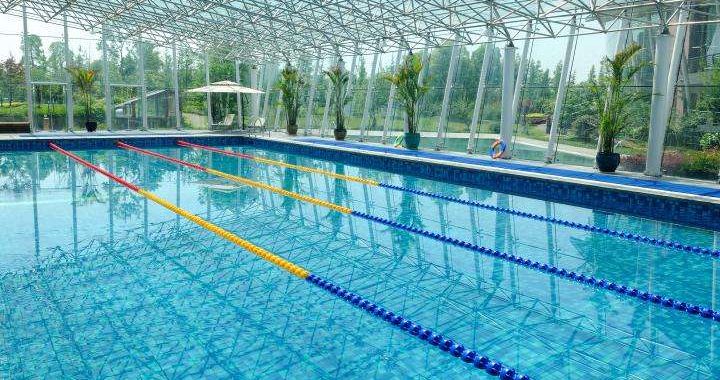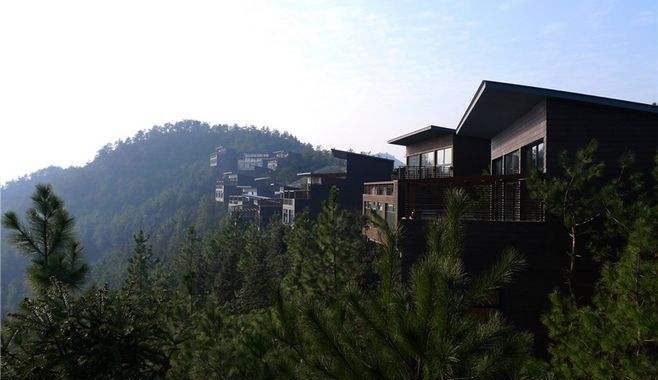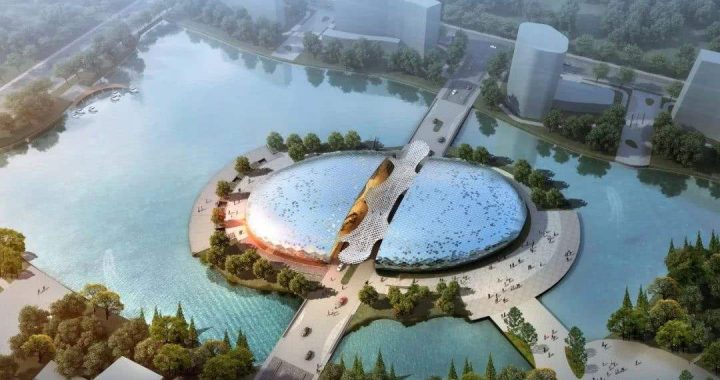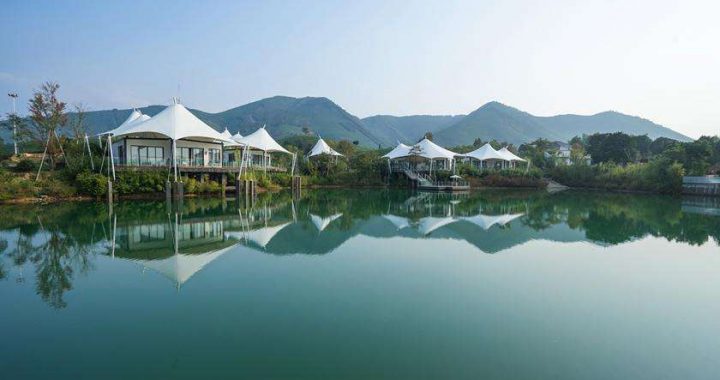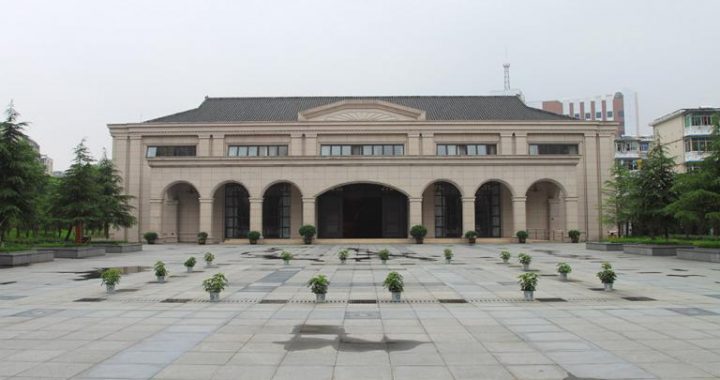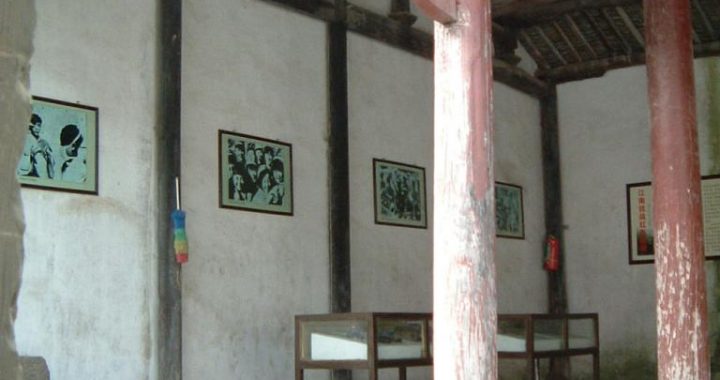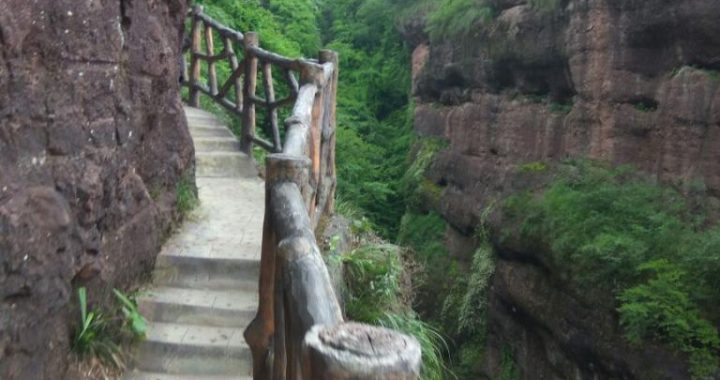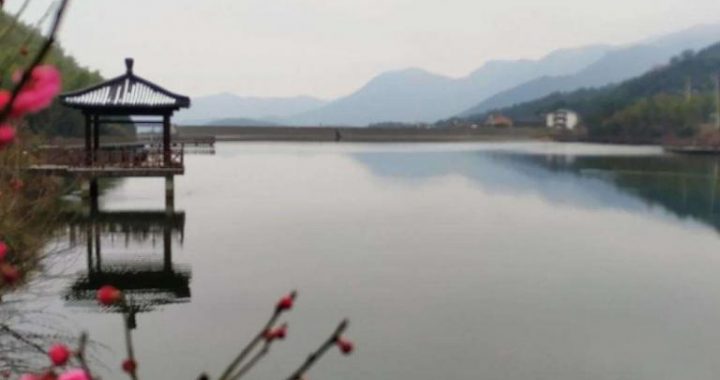Fahua Temple
3 min readFahua Temple, located 4 kilometers southwest of Tai Lake Tourist Resorts, was built during the Reign of Emperor Liangwu in the Southern Dynasty. The local legend goes like that a Buddhist nun named Dao Ji during the Period of Qi in the Southern Dynasty traveled to Shidou Hill,a ridge of Mount Bian. She was fascinated by the peace and quiet surroundings, and settled down to conduct her retreat at the hillside. Dao Jichanted the Fahua Sutra attentively year after year, and the chanting lasted for 20 years. It was said that white sparrows were circling over her headwhile she was chanting scriptures. It seemed that the white sparrows were listening to her chanting. Therefore, the hill got the name Fahua Shan or Baique Shan(White Sparrow Hil). Dao Ji passed away in the early year of the Liang Period, and her body was well-kept in a shrine there. In the first year of Datong during the Liang Period (535), people suddenly found that a lotus grew out from the shrine. This phenomenon was regarded among the people as the return of Dao Ji, namely, the embodiment of Avalokiteshvara.

The local feudal authority reported immediately to the imperial court what had happened in the locality, and so that Xiao Yan, the Emperor Liangwu, passed down an imperial edict at once, and commanded that a temple named Fahua should be built on the very site.

Time brings great changes to Fahua Temple, the ancient Grand Hall and the Avalokiteshvara Hall had been kept with some guest rooms together, but not in their integrity.A large-scale renovation of the temple started in 1987 including Grand Hall of the Soul’s Retreat, two halls and other decoration of the temple. Now the temple with high upturned eaves in primitive simplicity looks more solem and magnificent than before. In the temple, two ancient rivulets that run by the eastern flight of steps leading to Zhen Shen Hall can be still found. By the side of the streams, four characters “Qing Lian Gu Jian”in Chinese are carved on the rock. Peculiarly, one stream is clear, the other is muddy, and no one can give a proper explanation to the phenomena up to now. The temple has got a verygood ecological environment. Pleasing chirps of birds, old towering cypress trees, and murmuring streams make up a setting of natural harmony. If tourists climb up to the near hilltop, they can look into Tai Lake in the far distance.
Situated at such a tranquil environment of standing aloof from worldly strife, Fahua Temple enjoys a high reputation. Devotees from all directions come to the temple all the year round. Thousands upon thousands of Buddhist pilgrims are attracted to visit the temple. Particularly on every New Year’s Eve, crowds of citizens from the downtown and believers near and far come here to pray for peace and fortune in the coming year. People joyously ring the giant bell at mid-night to see the arrival of the new Chinese lunar year. Now the temple meets the times of the greatest prosperity.
On the way to Fahua Temple, some neighbouring tourist spots can be visited, including the Tomb of Taishi Ci located at the eastside of Fahua Hill, Shenjia Cave, and so on.

